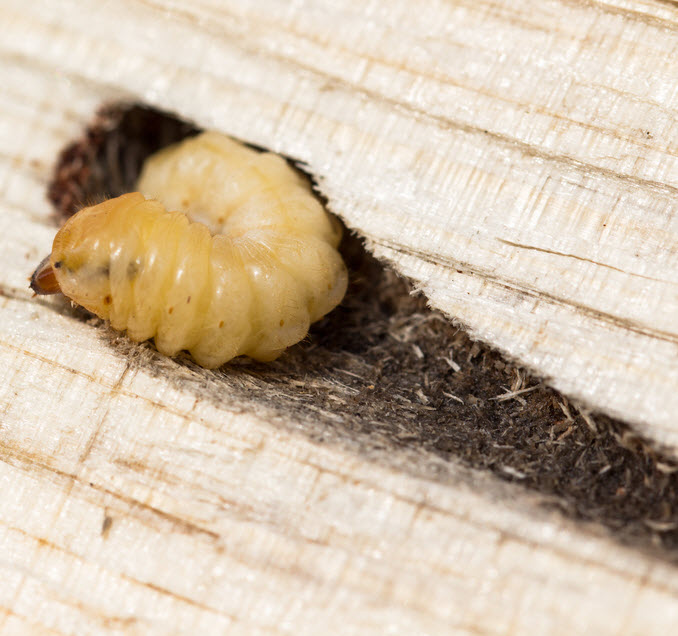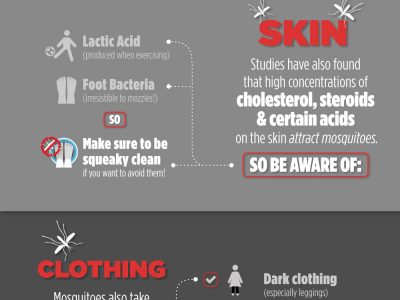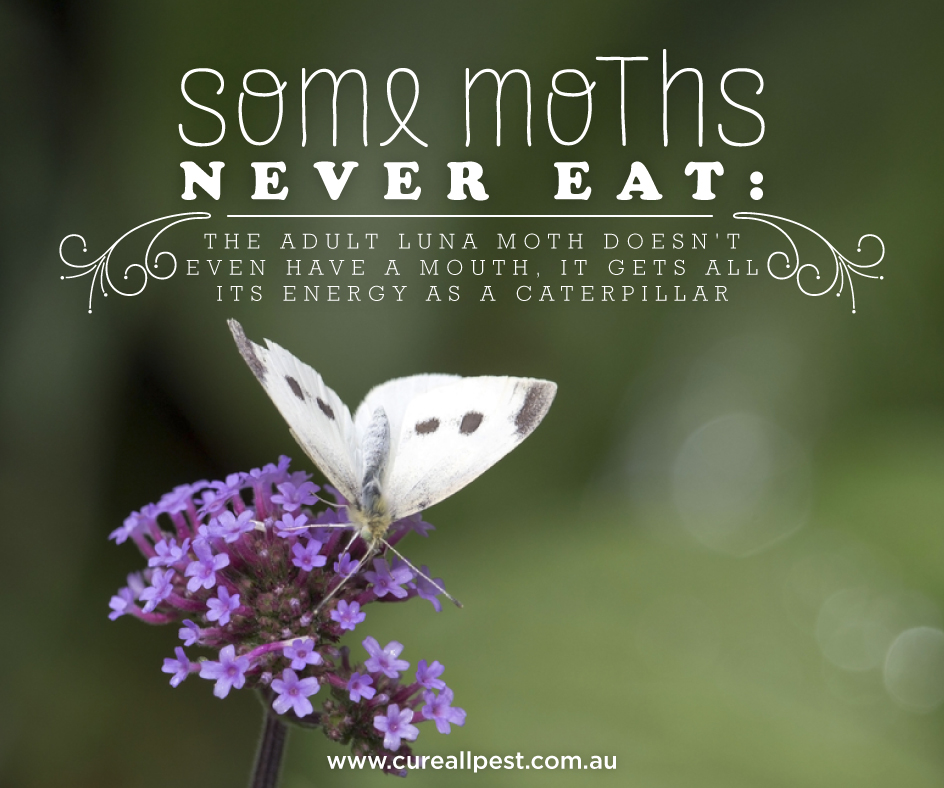A little bit about: Borers
 Borers are organisms that tunnel into wood and cause damage. The word “borers” applies to all wood-boring insects, including moths, beetles, sawflies, horntails and flies. Most of the damage is done when they are in the larval stage.
Borers are organisms that tunnel into wood and cause damage. The word “borers” applies to all wood-boring insects, including moths, beetles, sawflies, horntails and flies. Most of the damage is done when they are in the larval stage.
The most common types of borers in Australia include:
- Pinhole Borer
- They cannot survive in timber once it has dried out, so they normally leave before the construction phase commences. You can identify them by the “flight holes” they leave behind. These are relatively harmless because they do not leave as many holes as some of the more destructive species.
- Powder Post Beetle
- Lyctus Borer (Powder Post Beetle) only attacks the sapwood of certain susceptible species of hardwood timber. Sapwood is the living band of wood around the outside of the tree which is commonly used for decorative timbers like skirting boards, small dimensioned battens and timber trims. These timbers could be riddled with lyctids within three to five years of the house being built.
- Lyctids can be recognised by their 2mm holes and large quantities of flour-like dust. Although not generally a problem structurally, they are certainly unsightly. If lyctid attack is visible, you will need to replace the affected timbers.
- Anobiid Borer
- Anobiid borers are more serious and attack softwoods, especially varieties of pine. Like Lyctids, Anobiids are widespread throughout Australia. Anobiids tend to channel along the grain of the wood, making 2mm pinholes and leaving large quantities of loose gritty dust with a texture of fine table salt. They are capable of eating for years. Also be aware that second hand or antique furniture and old floorboards may contain borers so examine them well before introducing them into the house.
- Borers thrive in damp conditions so reduce sub-floor humidity by removing debris, cleaning out vents and draining damp soil where necessary. Anobiid-infested timbers will require chemical treatment.
- European House Beetle
- Originating in Europe, the old-house borer now has a worldwide distribution. They prefer new softwoods, and particularly pine. Only the larvae feed on the wood. Larvae take up to thirty years to mature, depending on the moisture content of the wood and environmental conditions but typically mature in three to fifteen years, damaging the wood in the interim. Larvae usually mature in mid to late summer and the mature adults then cut large oval shaped exit holes to exit the wood.
A list of lyctine susceptible timbers is provided in the Australian Standard 5604.
Related article: The Importance of Regular Termite Inspections






